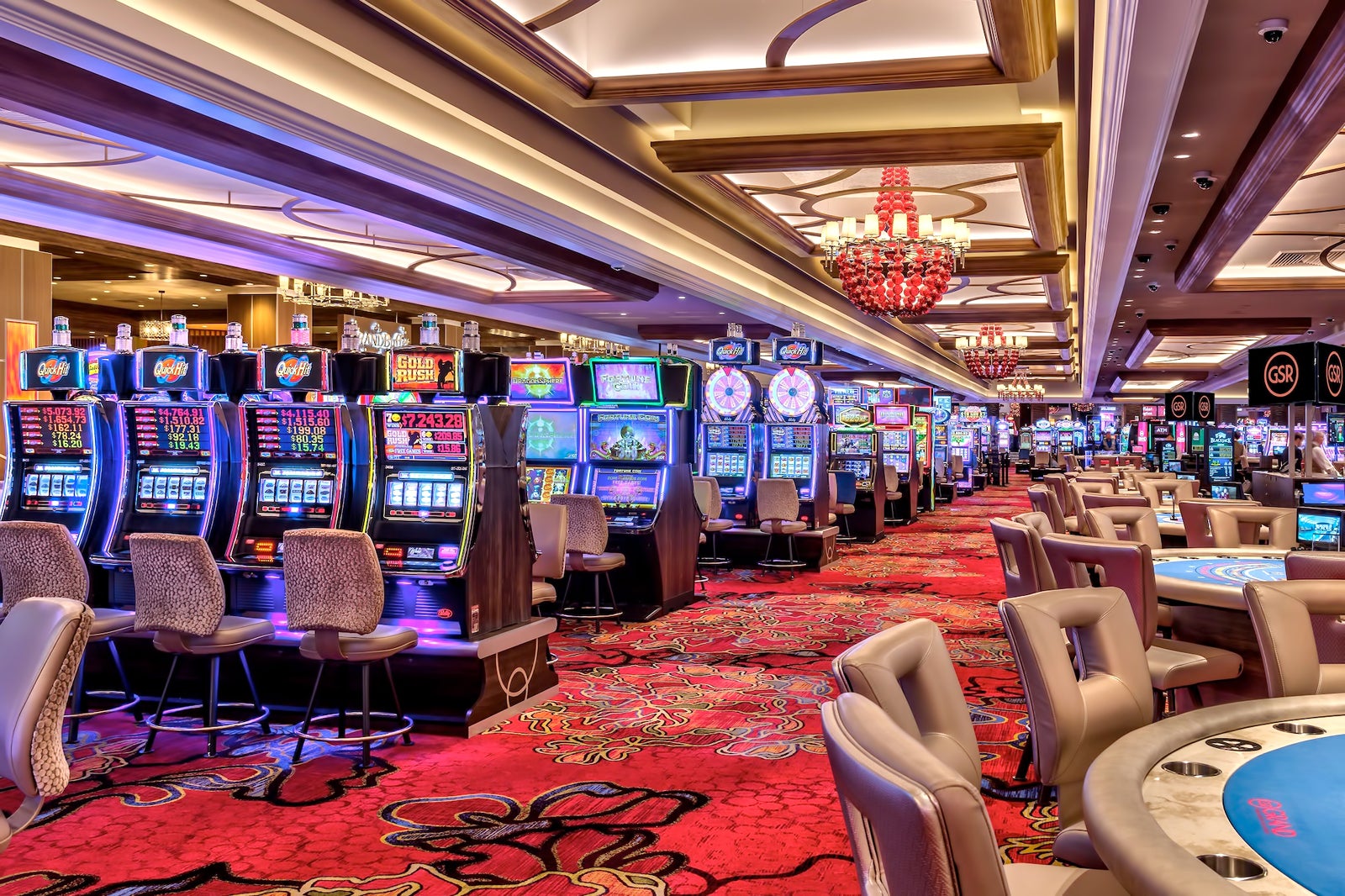
Behind the glittering lights and the enticing noises of spinning reels lies an dynamic world in which creativity meets numbers: the creation of casino games. As players converge to casinos seeking thrills and the chance of striking it rich big, a vast amount of work takes form behind closed doors to create these games they enjoy. From the initial concept to the final product that players interact with, many elements come together to ensure an captivating play experience.
Creators, engineers, and game creators work together to combine innovative technology with engaging gameplay features. Each aspect, from graphics plus sound effects to odds and payouts, is meticulously crafted to draw in players plus keep them engaged. Understanding the intricate process of the way casino games are made reveals both the technical skills required but also the artistic vision that brings these immersive experiences to life.
Casino Game Development Process
The game workflow starts with brainstorming and concept development, where creators generate concepts for innovative casino games. This first phase often includes identifying target audiences and analyzing market trends. Designers consider factors such as game mechanics, themes, and payout structures to develop an immersive experience. Collaboration between game designers, mathematicians, and artists is crucial to guarantee a balanced concept.
Once a concept is chosen, the next stage entails prototyping and testing. Designers build a functional version of the game to assess its playability and mechanics. This allows for adjustments and refinements based on feedback from testers. Reiteration is key, as designers may navigate multiple rounds of evaluations to optimize gameplay balance and user experience. This stage is essential for identifying any potential issues before the game is finalized.
After testing, the game moves into development and production. This comprises the technical aspects of coding the game software, integrating graphics, and making sure compliance with gaming regulations. Quality assurance testing ensures that the game functions seamlessly across various platforms and devices. Once everything is polished, the game is prepared for launch, often accompanied by marketing strategies to attract players and generate buzz around the new casino offering.
Technology and Advancement
The evolution of gambling games has transformed significantly with progress in technology. Contemporary game design often includes high-quality graphics, immersive sound effects, and dynamic animations that create a thrilling experience for players. Game developers use complex software tools and coding languages to build these immersive gaming experiences. Additionally, the use of RNGs ensures equity and unpredictability in outcomes, which is crucial for maintaining player trust and compliance with gaming regulations.
In recent years, the surge of online casinos has expanded the boundaries of game development even further. Developers are now able to build games that cater to a global audience, integrating features such as live dealer options and VR environments. This transition has encouraged new ideas, leading to novel game mechanics and formats that enhance player engagement. Mobile gaming has also become a key focus, driving developers to optimize games for smartphones and tablets, ensuring accessibility and ease of access for players on the go.
Cooperation among creators, visual artists, and mathematicians is essential in the creation process. Each team contributes their expertise to make sure games are not only visually appealing but also statistically accurate and enjoyable. The integration of player feedback during beta testing allows developers to improve game features and functionalities, ultimately leading to a successful launch. As technology continues to advance, the potential for new game concepts and experiences is unbounded, promising an exciting future for casino games.
Evaluating and Quality Assurance
Once a slot has been developed, it enters the essential phase of testing and quality control. This stage ensures that the game operates flawlessly and provides a fair experience for players. Teams conduct comprehensive tests, including operational checks to confirm that all game features work as expected. Each aspect, from graphics to audio, is reviewed to ensure quality benchmarks are met.
In addition to operational testing, the game entails rigorous compliance checks to meet compliance requirements. Multiple jurisdictions have specific rules governing game fairness and player protection. Quality assurance teams will check that the random number generators are operating correctly and that the game’s payout percentages match with market standards. This detailed examination helps forge trust with players and authorities alike. Alo789
Finally, user testing may be conducted with actual users to obtain feedback on user experience. This crucial insight allows developers to make necessary adjustments before the public launch. Tackling any likely issues noted during this phase helps ensure that gamblers will enjoy a fluent, immersive experience when the game goes live. The commitment to quality reflects the industry’s dedication to delivering pleasant and reliable casino games.